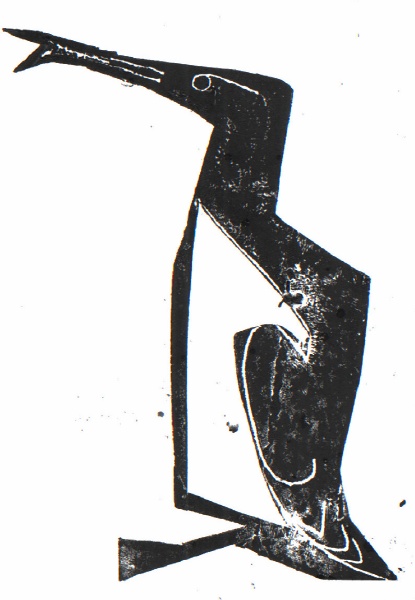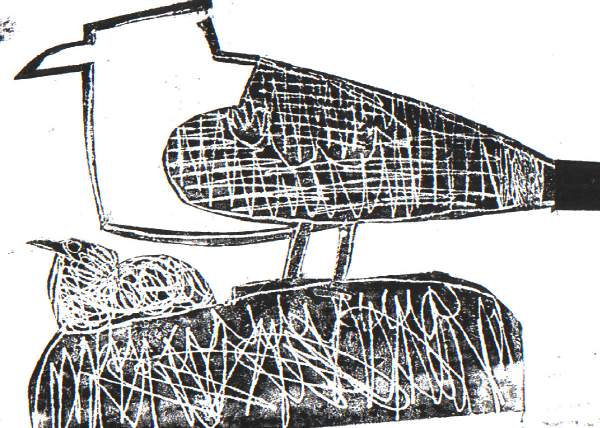Coming down to earth after what has seemed an epic field sketching month… 10 days based in Koycegiz, Western Turkey with Nik Pollard, Esther Tyson and Ben Woodhams. The project a DKM/SWLA collaboration. Working alongside some 20 or so Turkish degree/MA art students to interpret the threatened sweetgum forest. (I will write another post to try to describe this)….NB. all the artwork from the trip along with photos and videos is now on dogaicinsanat.wordpress.com
Then almost straight on to the Firth of Forth for the annual ‘John Busby seabird drawing course’. It was good to share the intensity of this with Ben who also came on the seabird course, felt like we were battle hardened veterans who’d braved the 40 degree heat in Turkey to be further tested by the wind and rain of the Scottish seabird cliffs.
A major feature of both of these was to be teaching whilst trying to push our own work. It is one of the great things about the seabird course that I think is quite rare… the tutors getting on with their own work alongside the ‘students’ … really nowhere to hide. So we all share what is inevitably something of an emotional roller coaster.
Tutors were Kittie Jones, John Threlfall and Darren Woodhead. Bruce Pearson joining us as a ‘visiting artist’ and Bruce also joined in the tutoring. I certainly feel I learn a lot from the ‘teaching’ and also from the other tutors.
I felt I made a couple of mini (or maybe even major breakthroughs)…John Threlfall led what seemed like an innocuous set of exercises on the 5th evening… blind contour drawing. So we looked at an object (eg a stuffed gannet) and then without looking at our paper traced round perceived contours… mentally connecting the end of our pencils with the contours of what we were looking at. We did this several times, changing perspective or subject and John was emphasising to do it very slowly. The pivotal point was when he asked us to turn our pencil round and use the non mark making end to carry on drawing… so blind and invisible marks. It somehow emphasised for me that this is what I’m doing when I’m looking for drawing… almost like the mind sending out hands to feel around the subject and it is those extended feelings that are going back down the arm onto the page…more or less successfully.
The next day we had to decide whether to hire a boat to go out round the Bass rock (& its 150,000 gannets). We knew we wouldn’t be able to land and it was set to be choppy with some people worried about sea sickness. In the end almost everyone came and it felt like it was a decisive point in the week for many… the frenzy of activity round the rock, the constant movement of the boat and the difficulties of handling drawing materials…. meant people just had to let go a bit. There was hardly any chatter and it felt like everyone was head down sketching for most of 2 hours.
For me there was some kind of connection with the previous evenings exercises and the scribbled bundles of lines that were making up the bodies of my sketched birds was different to what I would normally do… quickly getting down blocks of tone made of scrambled line… and felt like that had some of the springy energy of all the action and noise. I could then hang details of the birds off of the scramble. Something to build on.
The other breakthrough was following on from a mini printmaking session in Turkey. Nik had planned for all the students to make prints during a display in a public square in Koycegiz. Small postcard sized card prints… Lines incised with biro and blocks cut with scissors. Quick and relatively easy to make and when hung together looking good because of all being of the same medium and the same size.
I’d found it quite more’ish and played around a bit more on the hotel verandah before we left. I took bare essentials for repeating the exercise in Scotland as potential wet weather activity…. then got to think that I might be able to do it out on the cliffs.
I started out small with the A6 postcard size prints… filling frame with bird motifs and starting to play more with getting half tones by hatching.
On the final day at St Abbs it was a lot more challenging with wind and rain and moving up to A4 in scale… The shag at the top of page was probably as good as I got… the cleanness of the image not giving the sense of the mess I was in… paper and polythene flapping into wet ink…paper sodden, the ink becoming unusable in the rain, but then fine again once it had dried a bit. Final effort was starting to look at handling the bigger space. Definitely want to do more.








